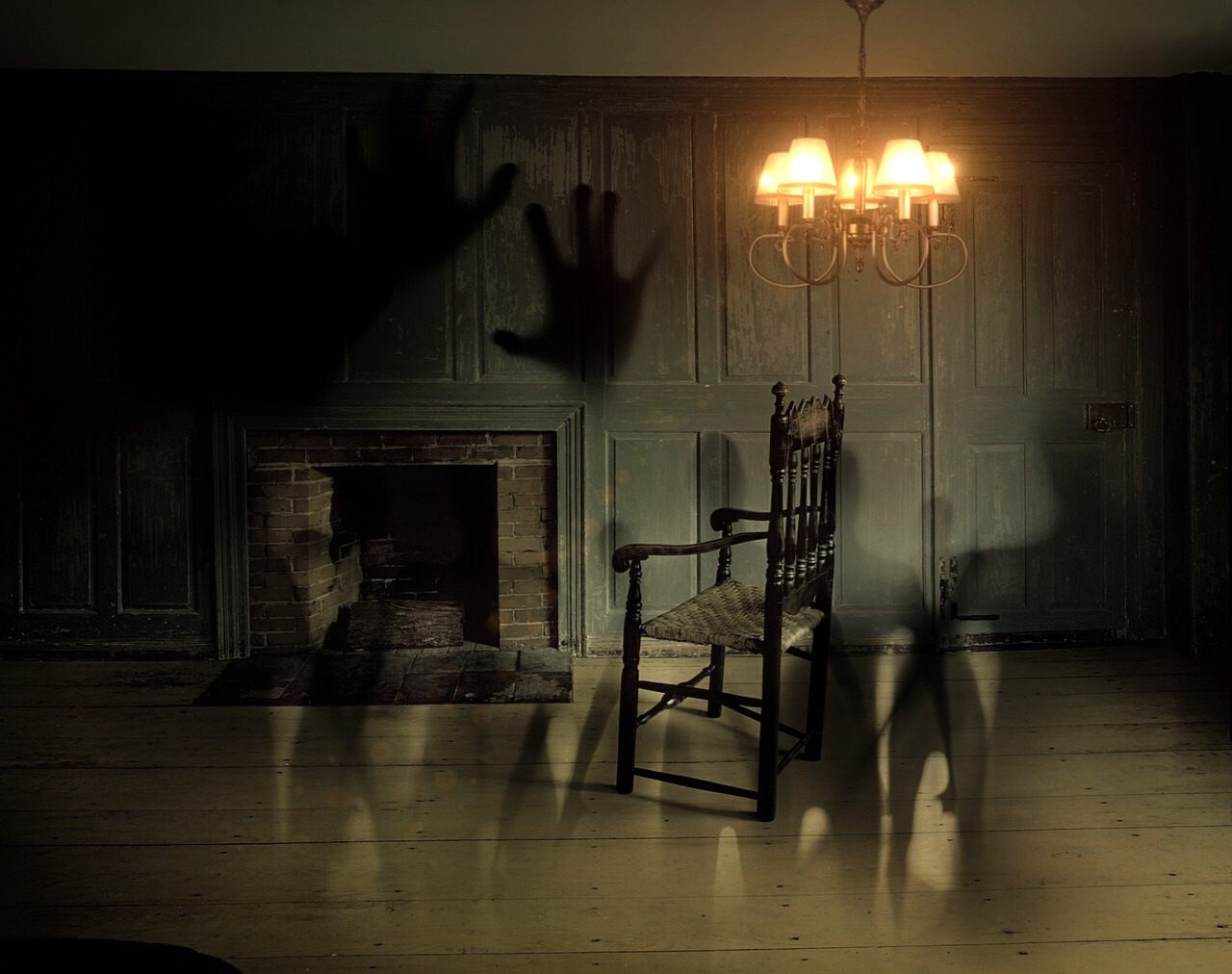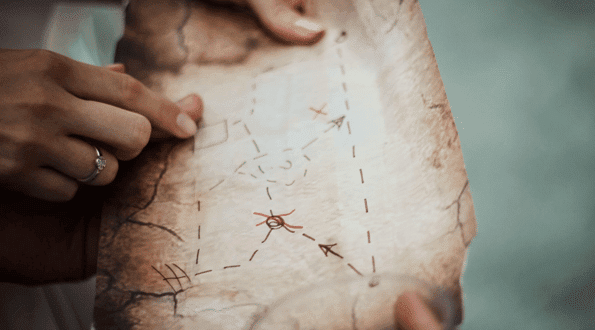On Physical and Virtual Escape Rooms
As we begin reopening our physical escape rooms, I find myself reflecting on all that we’ve gained by moving to developing virtual experiences during the COVID-19 pandemic. Obviously, this move allowed us to keep Puzzle Break’s doors open; being able to retain our team and keep making puzzles for our fans was the most important benefit of all. But beyond that, it allowed us to stretch and grow in some ways we otherwise might not have. I’m proud to say that when faced with great adversity we adapted and evolved.
When we made the choice to pivot to virtual escape experiences in response to the need to close our physical locations during the COVID-19 pandemic, it was a difficult decision, as you’d expect. Not just for logistical or economic reasons; it required us to look at the process of designing an escape room with altogether new eyes. In one sense, this was literal – we hired several new designers to help us make the transition into the virtual space. But in another sense, it also forced us to think about puzzle design and player interaction in an entirely new way.
We had mastered elements of in-person physical escape rooms over the better part of a decade. Unlearning lessons was a painful necessity.
We knew from the start that we would have to think about escape experiences in an entirely new fashion – a physical room and virtual one are two very different beasts, after all. For example, how do players interact with the clues in a virtual room? In a physical escape room, players tend to collect all of the clues they discover in a central location and re-examine them as they identify puzzles and test solutions. In virtual rooms, we encountered what we termed the object permanence problem: players would sometimes struggle to remember the clues they had discovered, or their locations in the virtual room. We developed a solution moving forward, but it was a good reminder that we would have to keep evolving along with our escape experiences.
As another example, how do we create (fair) barriers to information for the players? In a physical room we can simply place a wall between two halves of a puzzle, forcing players to share information to find a solution. Even more confounding, we discovered that clever players would examine the webpage source code elements of some of our early virtual games, looking for hidden information they could use to brute force puzzles. This forced our design team to find ever more crafty ways to conceal secrets in the code, but on the bright side, figuring out how to effectively partition and obscure information gave rise to puzzle concepts we might never have thought to try in a physical room and pushed us to develop new approaches that we’ll apply to more rooms going forward.
Have you tested your team’s mental might with our Disco Detectives Virtual Escape Experience?
While there are challenges to designing for a virtual space over a physical one, there are also advantages. Puzzles are no longer held back by petty details like materials, time or physics; we realized we could design puzzles that would never fit into a normal room or rely on components or technology that would be beyond any practical budget. For that matter, if we want to send our players to a world-famous museum, on a whirlwind trip around the globe or to an entirely different world, we can do that – and have!
This is not to say that our virtual rooms are superior to physical, or vice versa. Rather, they present the opportunity to challenge ourselves and our players in wholly different ways. All of our escape experiences test players’ mental muscles, their communication skills, their team work, and their time management techniques, but I think you’d find the challenges are very different. The player tactics that work in a virtual room won’t necessarily translate 1:1 to a physical room, and vice versa!
Hopefully, our guests will be able to make this comparison themselves when we have both physical and virtual rooms available at once. Over the last year we’ve gotten to see how people react to making the shift from physical rooms to virtual ones, so I think we’re all excited to see how people who have only explored Puzzle Break Virtual Escape Experiences adapt and (hopefully) overcome the challenges of our Seattle escape rooms.
Coming soon: Return to portable large-scale escape experiences with Hybrid functionality for partially remote teams!
Perhaps even more exciting, what will we at Puzzle Break do next, now that we’ve proven adept at developing virtual experiences? How will we apply our newfound perspective and techniques? Our latest virtual experience, the art heist whodunit Disco Detectives, launched earlier this month. After that…who can say? If nothing else, I can assure our fans of this much: the future is bright.
-Nate
Tags:
Want to get blog updates ( and only blog updates )?




Recent posts






Cruise Taker’s Guide to Turks and Caicos: What to do on the Ship and on the Island








